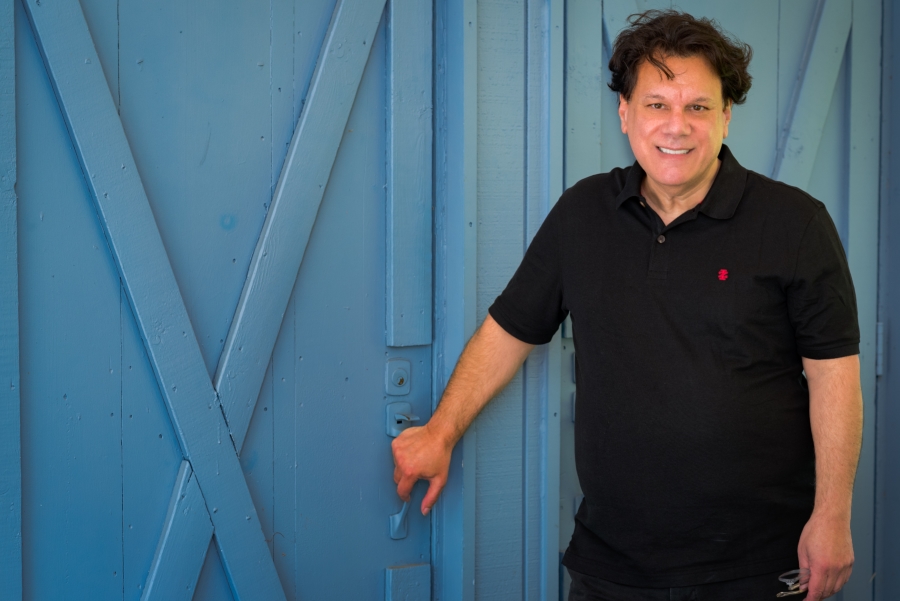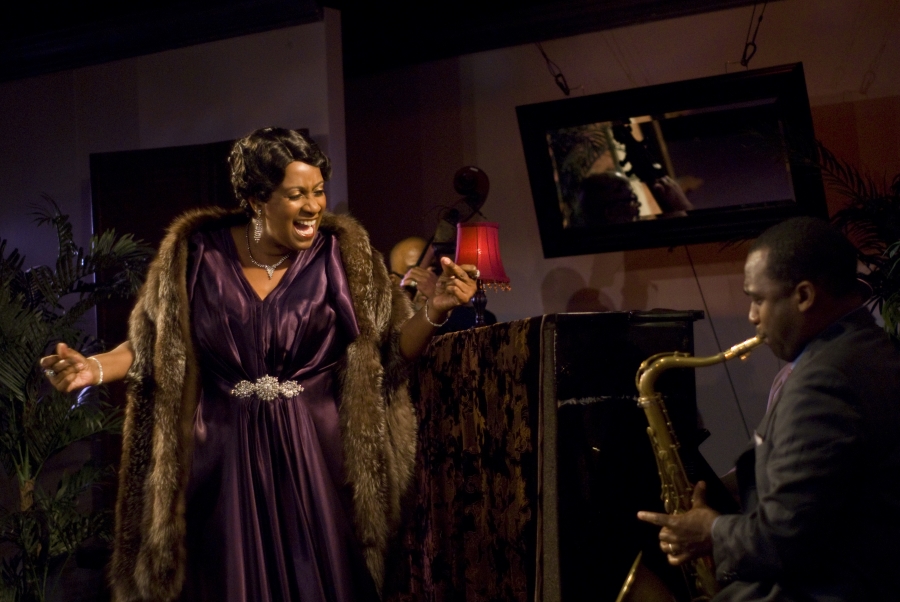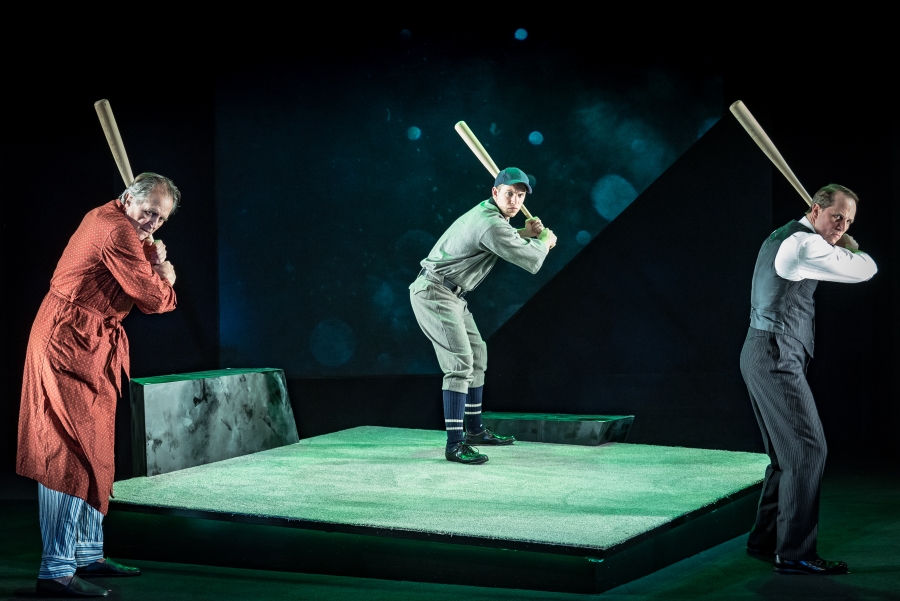About 45 miles north of Manhattan is the small town of Stony Point, N.Y. The Hudson Valley hamlet is known for its vital role in the American Revolution, providing a river crossing point for American troops. The town is also home to Penguin Rep Theatre, a light blue barn situated on Cricketown Road alongside the Hudson River. American Theatre caught up with artistic director Joe Brancato via email to learn more about producing theatre in this idyllic setting just outside the glare of New York City (and also touring it around the country).
Who founded Penguin Rep Theatre, when, and why?
Penguin Rep Theatre was founded in 1977 by myself, an English teacher in Rockland County, and Fran Newman. We came upon an 1880s hay barn in some disarray on the grounds of the Stony Point Conference Center. Myself, Fran, and a small band of students began an enthusiastic (if somewhat primitive) inaugural summer season in a space that lacked air conditioning and used benches and folding chairs for seating. After a season or two, I felt compelled to realize the dream of developing a professional theatre company that would bring exception talent to the region.

Tell us about yourself.
My on-the-job training began as a boy growing up in the Bronx, where I saw (and used) the alleyways between the tenements as the perfect “black box” to present various original productions.
How did Penguin Rep get its name?
Penguins appear so friendly yet formal—the perfect welcoming symbol for a day or night at the theatre. As a company mascot, what better reminder that we all must collaborate and support each other, as penguins do in their communities?
What sets your theatre apart from others in your region?
Penguin Rep is the only professional theatre in Rockland County, and the only theatre in the region devoted to bringing new voices and plays to the stage.
Who is your audience?
Our audience comes primarily from the lower Hudson Valley—Rockland, Orange, and Westchester Counties in New York, and Bergen County in New Jersey—as well as New York City, Connecticut, and even as far as Pennsylvania.
Tell us about your favorite theatre institution other than your own, and why you admire it.
The legendary (and defunct) Circle Repertory Company and its founding artistic director Marshall Mason were great formative influences, and I’ve always aspired to meet their high bar for excellence. I also hold a great esteem for the work of the late James Houghton at New York City’s Signature Theatre and the consistently wonderful work at the Atlantic Theater Company, led by Neil Pepe.
How do you pick the plays you put on your stage?
I am drawn to plays that entertain and stir the grey matter. Our reading series has been very helpful as a testing ground for new plays. This season, the productions of Trayf and Fall River evolved from earlier readings.
What’s your annual budget, and how many artists do you employ each season?
Our annual budget is approximately $500,000, and we employ more than 30 artists each year.

What shows are you working on now? And is there anything else in your season that you’re especially looking forward to?
This season, our 40th, is especially exciting. Penguin’s production of The Devil’s Music: The Life & Blues of Bessie Smith by Angelo Parra made its West Coast premiere earlier this year and opens at the Mosaic Theater Company in Washington, D.C., this August. Frederick Stroppel’s Small World will be produced at 59e59 Theaters in New York City shortly after we open Allan Knee’s Syncopation, directed by Thomas Caruso, in Stony Point. The season ends with the world premiere of Fall River, a new take on Lizzie Borden by Frederick Stroppel.
What’s the strangest or funniest thing you’ve ever seen (or put) on your stage?
Well…me. In our first years when I tried to wear too many hats, I took a role in Dames at Sea, and, after bringing the audience to uproarious laughter, realized that my dapper sailor outfit was left unbuttoned in the most private of areas! The local press wrote: “Joe Brancato opened in more than one place last night!” Exit the actor!
What are you doing when you’re not doing theatre?
Catching up on my sleep.
What does theatre—not just your theatre, but the American or world theatre—look like in, say, 20 years?
Twenty years from now—even sooner—I envision myself serving as a board member and supporting another man or woman’s artistic vision and work. The current climate is tougher than ever, but intimate theatre is too precious to disappear completely.


